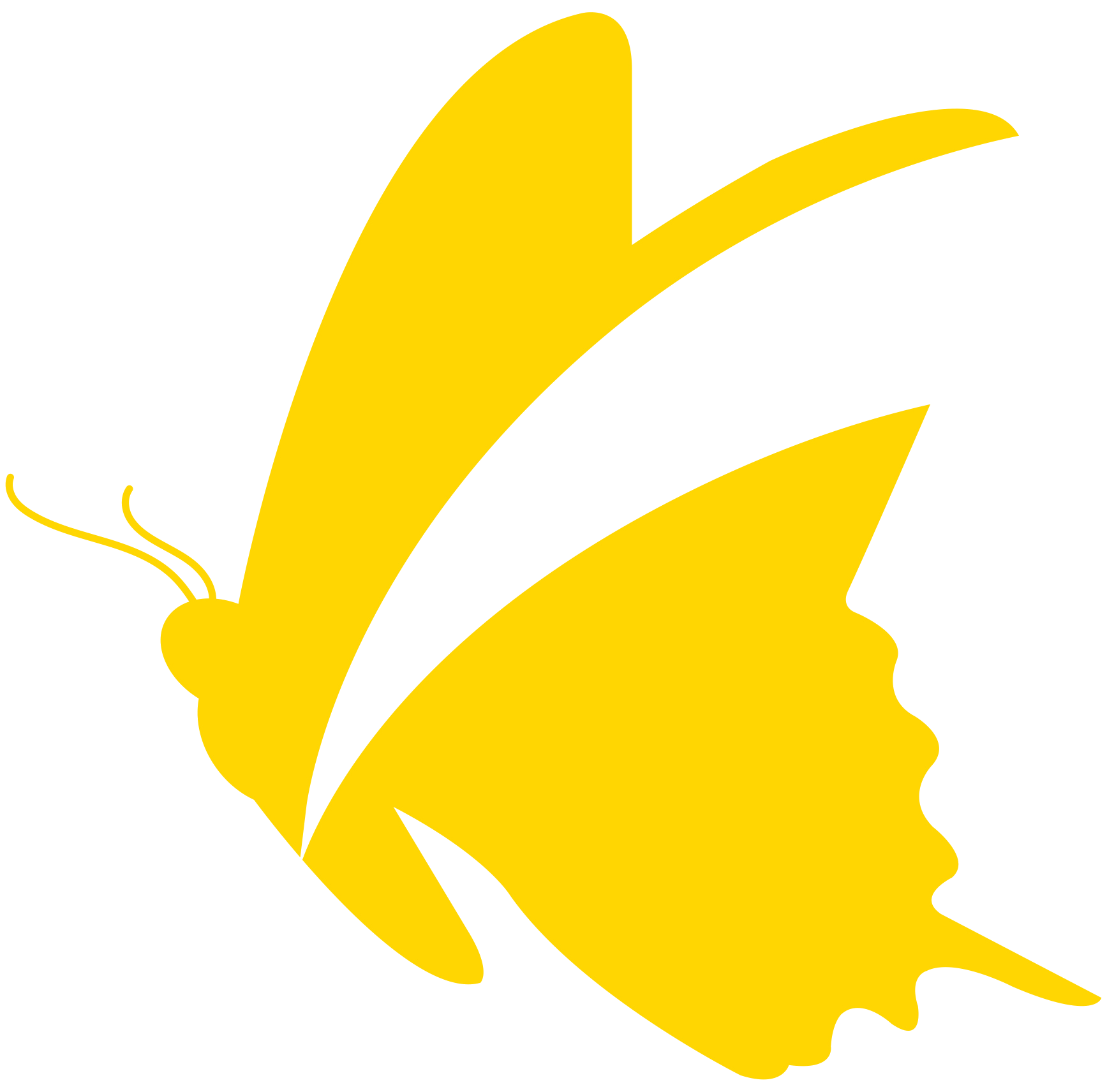The Eastern Shore Chapter of the Virginia Master Naturalist Program is a corps of well-informed volunteers who provide education, outreach, and service dedicated to the beneficial management of ESVA’s natural resources and natural areas.
- Natural Resources: This focus distinguishes our program from some other programs, such as Virginia Cooperative Extension Master Gardeners, which is focused on home horticulture.
- Volunteerism: The primary purpose of the VMN Program is to train, develop, and support volunteers who will participate in natural resource conservation through volunteering.
- Local Communities: Although the program is statewide, it is a chapter-based program that encourages volunteers to focus their learning and service in their own communities.

We support the Eastern Shore by volunteering in three areas:
- Education and Outreach Activities: activities or programs in which the VMN educates the public. It may include interpretive programs at parks; presentations and tabling/booths at fairs, markets, and other public events; and educational presentations to identified audiences, such as community groups, school groups, or homeowner associations.
- Science Activities: service involving data collection, monitoring, biological inventories, and other science-oriented activities. These activities may be called citizen science, community science, participatory science, or other terms, depending on the activity and partners involved. Examples include stream monitoring, vernal pools monitoring, and organized bird and butterfly counts.
- Stewardship Activities: hands-on volunteer activities intended to improve habitat and other natural resources, or, in some cases, to improve the ability of the public to access these resources. These activities typically occur on public lands and may include invasive plant removal, habitat restoration, and trail building/maintenance. As with other service activities, these activities must be for public benefit, not personal gain, and must first be approved by the chapter.
See what we’ve been up to:
-
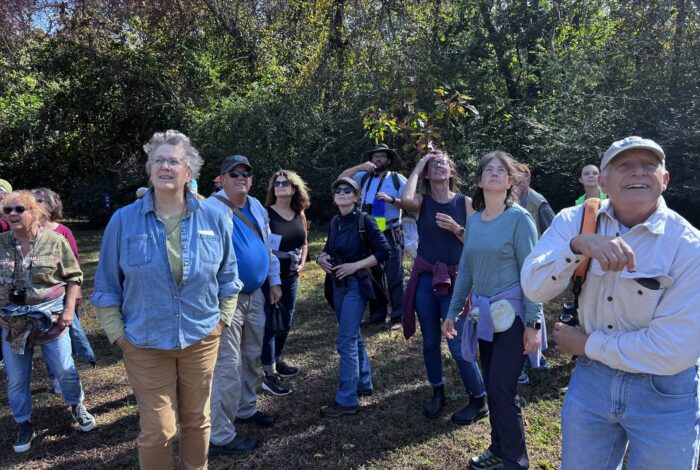
A View from the Course – Late October
Information is ridiculously easy to obtain. Which honeysuckles are native? What time is low tide tomorrow? What is the species name for cordgrass? To make information meaningful, though, we have […]
-

What About the Insects?
Blue Ridge PRISM Fall Meeting 2024 Bullet Points Guest Speaker: Linda Fink, Professor of Biology, Emerita, Sweet Briar College, Virginia. Featured image: Tiger Swallowtail (Pterourus glaucus) larvae feeding on garden […]
-

ESMN at the Exmore Fall Festival
ESMN would like to thank Mimi Stitt, Laurie Jones, Audrey Shirif, Tiara Tracy, Nancy Biegel, Karen Morris, Suzanne Noseworthy, Debbie Pocock, Maggie Long, Wayne Poist and Brenda Poist for spending […]
-

A View From The Course
Early October 2024 “We’ve come this far, let’s take some time to just enjoy and explore,” Shannon wisely instructed us once we arrived at the water at Savage Neck. Like […]
-
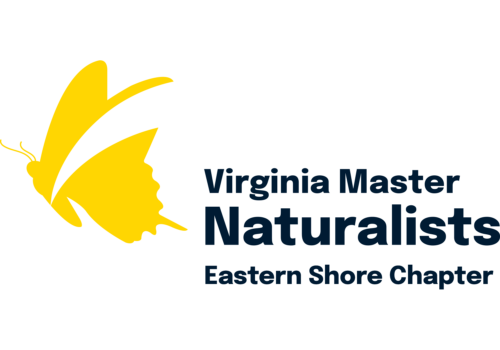
September Chapter Meeting Highlights
Our President, Peter Fisher, opened our meeting in the Seaside Building of (VIMS), Virginia Institute of Marine Science in Wachapreague, VA. A total of 41 Master Naturalists attended. Eight of […]
-

A View from the Course
September 12 2024 Huddled together in small working groups, we attempt to identify our mystery plants. Fluorescent lights overhead, and local plant specimens in front of us. Are the leaf […]
-
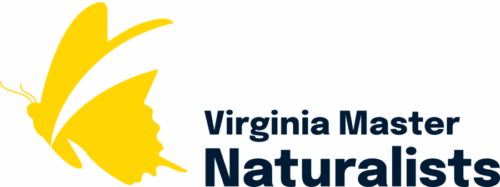
Review: On-the-Spot-Feedback Webinar
On-the-Spot-Feedback (OTSF) Webinar August 15, 2024 — Bullet Points Provided by Peter G Fisher, President ESMN Chapter Designed to improve science communication skills, this webinar was recommended by the VMN […]
-
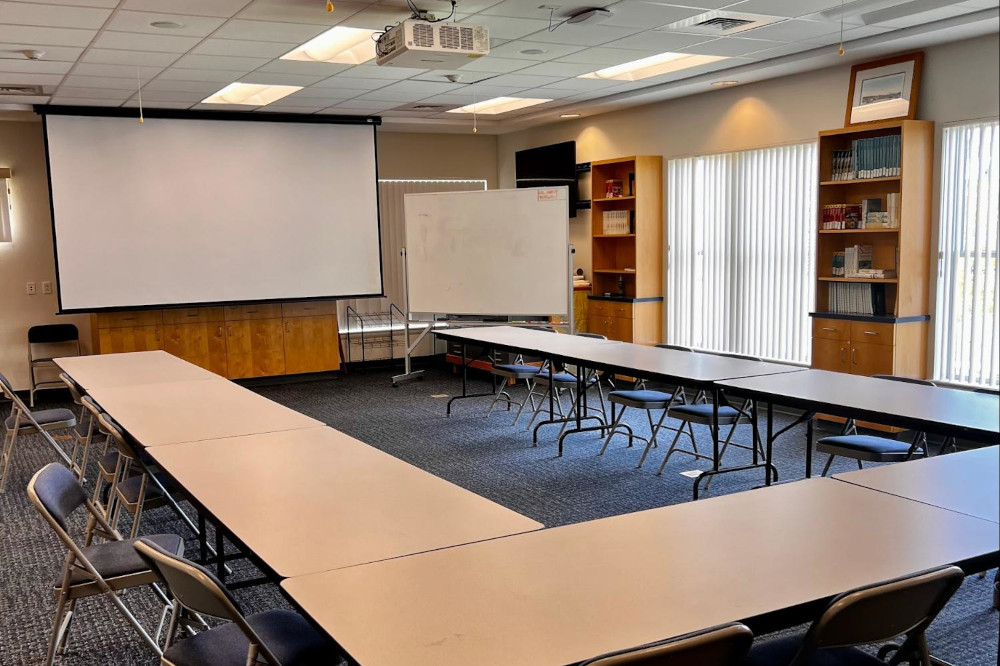
A View from the Course #2
Empty classrooms at summer’s end reignite a familiar nostalgia. After a lifetime spent in schools, I’ve not quite shaken the August-is-one-big-Sunday-night feel — although anticipating the kick-off of our Basic […]
-

ESMNs in Action – Counting Butterflies for Science
The 2024 North Northampton County Butterfly Count was conducted on a warm and cloudy Sunday in early August. Two teams of four Eastern Shore Master Naturalists (ESMN) identified 243 individual […]
-

Sleek Minks and Rolling River Otters
(Featured Image: Young mink on Seedskadee National Wildlife Refuge by Tom Koerner, USFWS) Minks and river otters are semi-aquatic mammals that live throughout our diverse Virginia, including our Eastern Shore […]
-
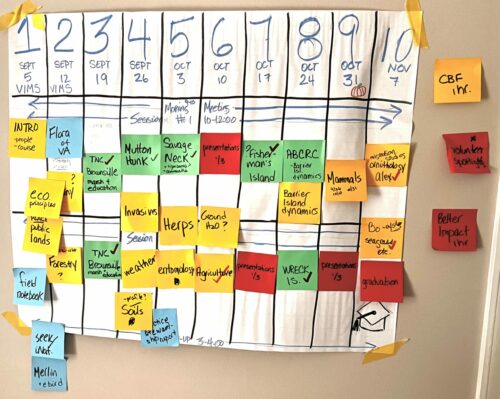
A View From The Course
Late July and the ten-week schedule is slowly filling for this year’s Basic Training Course. The large easel paper on my small dining room wall begins to take shape, becoming […]
-
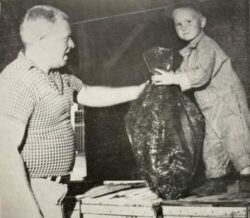
How Flounder Eyes Evolved
One of the earliest criticisms of the theory of evolution was about flatfish eyes – how could one eye migrate to the other side of the head? Darwin tried to […]
